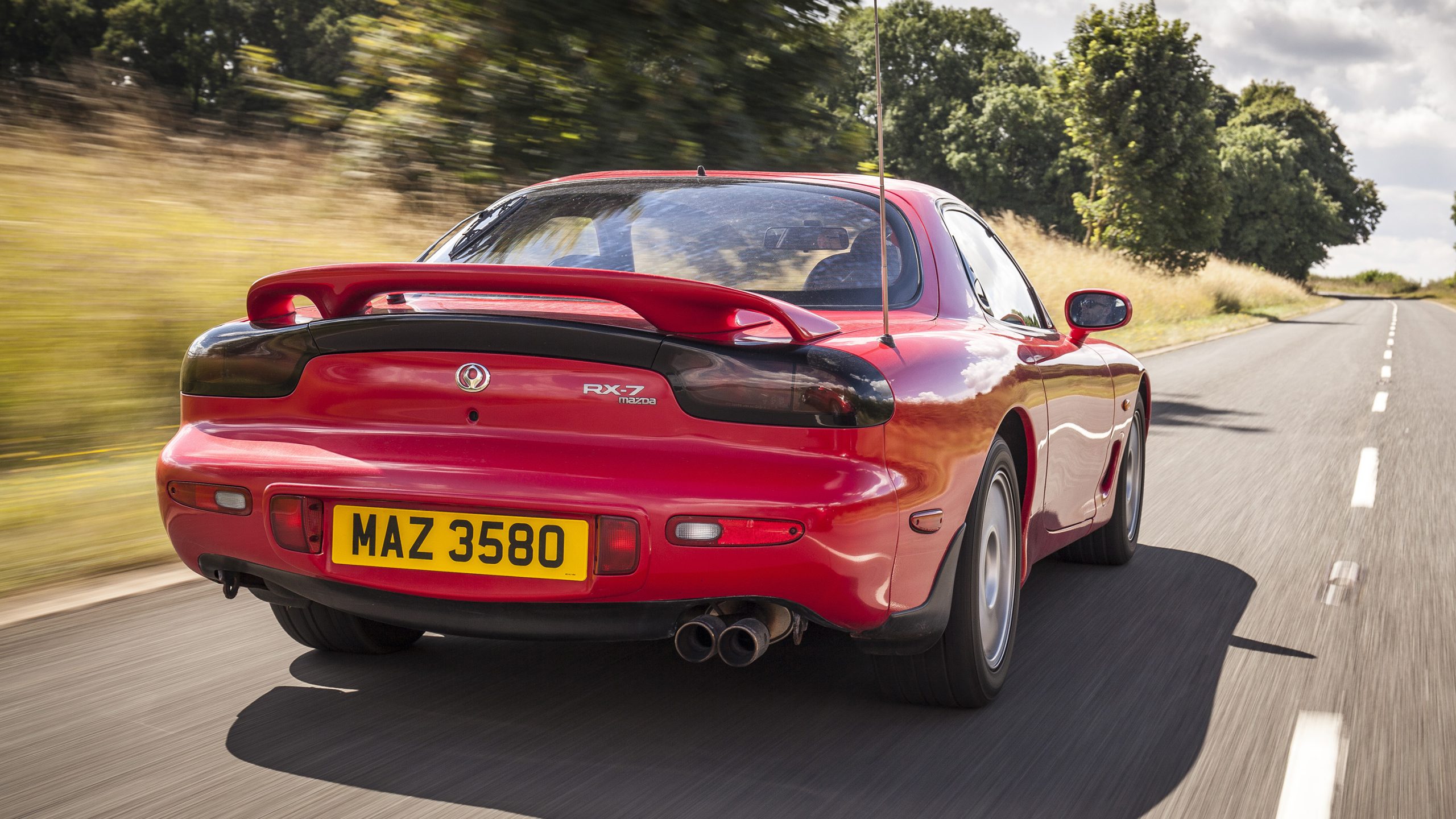In life, there are three certainties: death, taxes, and the hefty price tags attached to high-end sports cars. Finding a top-tier sports car or supercar at a reasonable MSRP is often far more challenging than it should be.
However, even once you’ve gathered the necessary funds to purchase one, that’s probably just the beginning of your concerns.
Far too often, luxury supercars such as Ferrari, Lamborghini, and BMW turn into an expensive financial burden. The initial cost of acquiring the car is only the first hurdle, followed by ongoing repairs and maintenance expenses that can quickly add up.
While some brands and models manage to escape this costly pattern, many others remain notorious for their reliability issues. To highlight these problematic and expensive vehicles, here are fifteen sports cars that demand a fortune and STILL break down.
10. Lotus Esprit
For a time, pretending to be James Bond came with a hefty price tag. Between the tailored suits, the extravagant lifestyle, and most importantly the luxury cars, it wasn’t an inexpensive fantasy.
However, there is an alternative to the iconic Aston Martin DB5: the Lotus Esprit, famously featured in The Spy Who Loved Me.
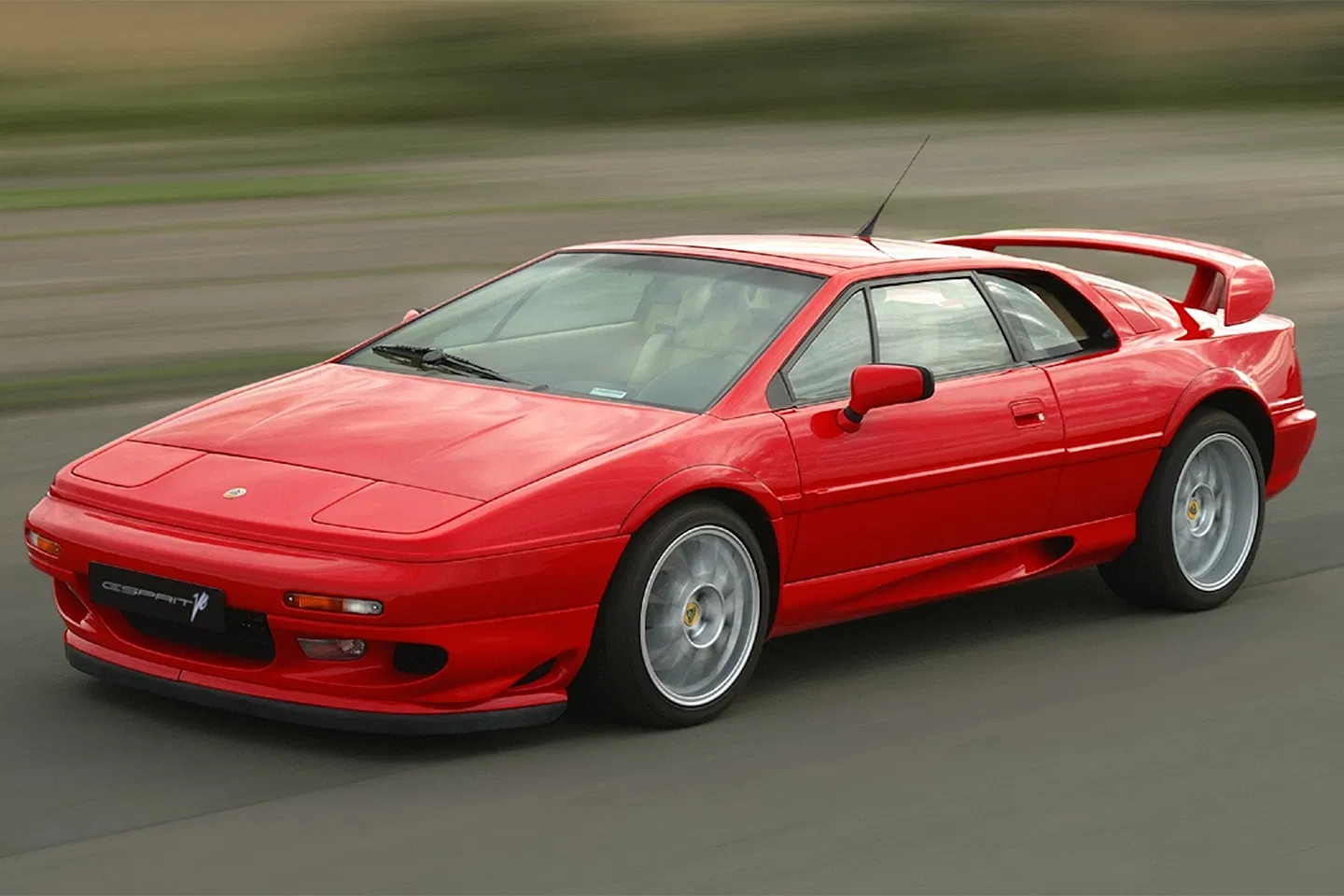
While the Esprit is considerably more affordable than the Aston, with prices ranging from $30,000 to $100,000, it falls short in terms of reliability. Still, despite its shortcomings, there’s no denying that its sleek design is absolutely captivating!
Also Read: 12 Secret Features Hidden in Popular Cars That Will Surprise You
9. Lamborghini Gallardo (Gen. 1)
When compared to its rival, Ferrari, Lamborghini generally fares better in terms of reliability. However, this trend is a more recent development and wasn’t quite the case when Lamborghini first introduced the Gallardo.
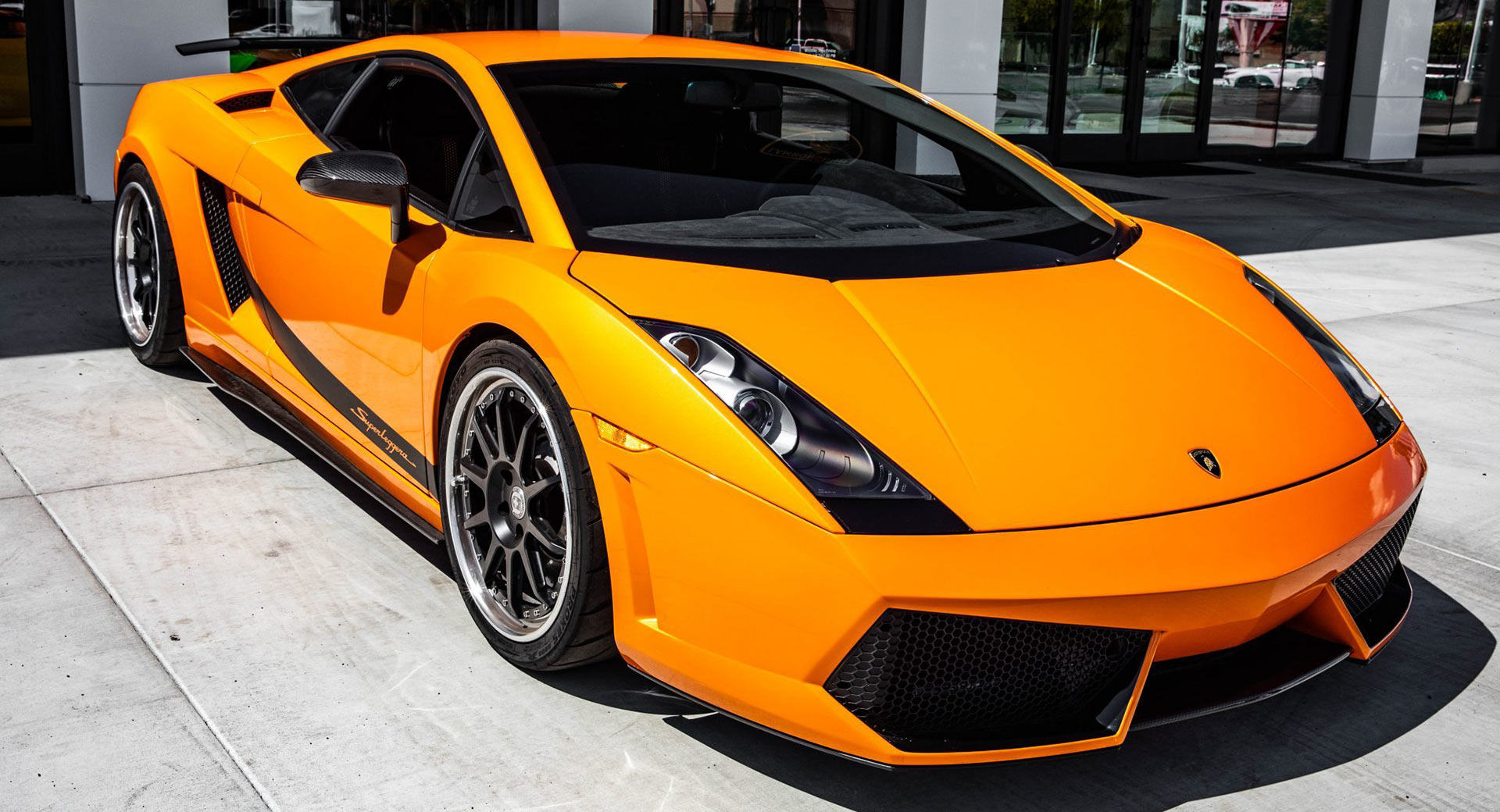
While it’s a stylish and impressive supercar that has become relatively affordable today hovering around $70,000 it still performs like a sports car that’s over a decade old.
Unfortunately, it comes with plenty of mechanical issues, and fixing them is anything but cheap.
8. Mazda RX-7 FD3S
When compared to other Japanese automakers, Mazda stands out as an unconventional manufacturer. Most notably, they pioneered the rotary-engine technology found in all RX-7 and RX-8 models.
These engines deliver an F1-like sound, can rev beyond 10,000 rpm, generate impressive power, and remain relatively lightweight.
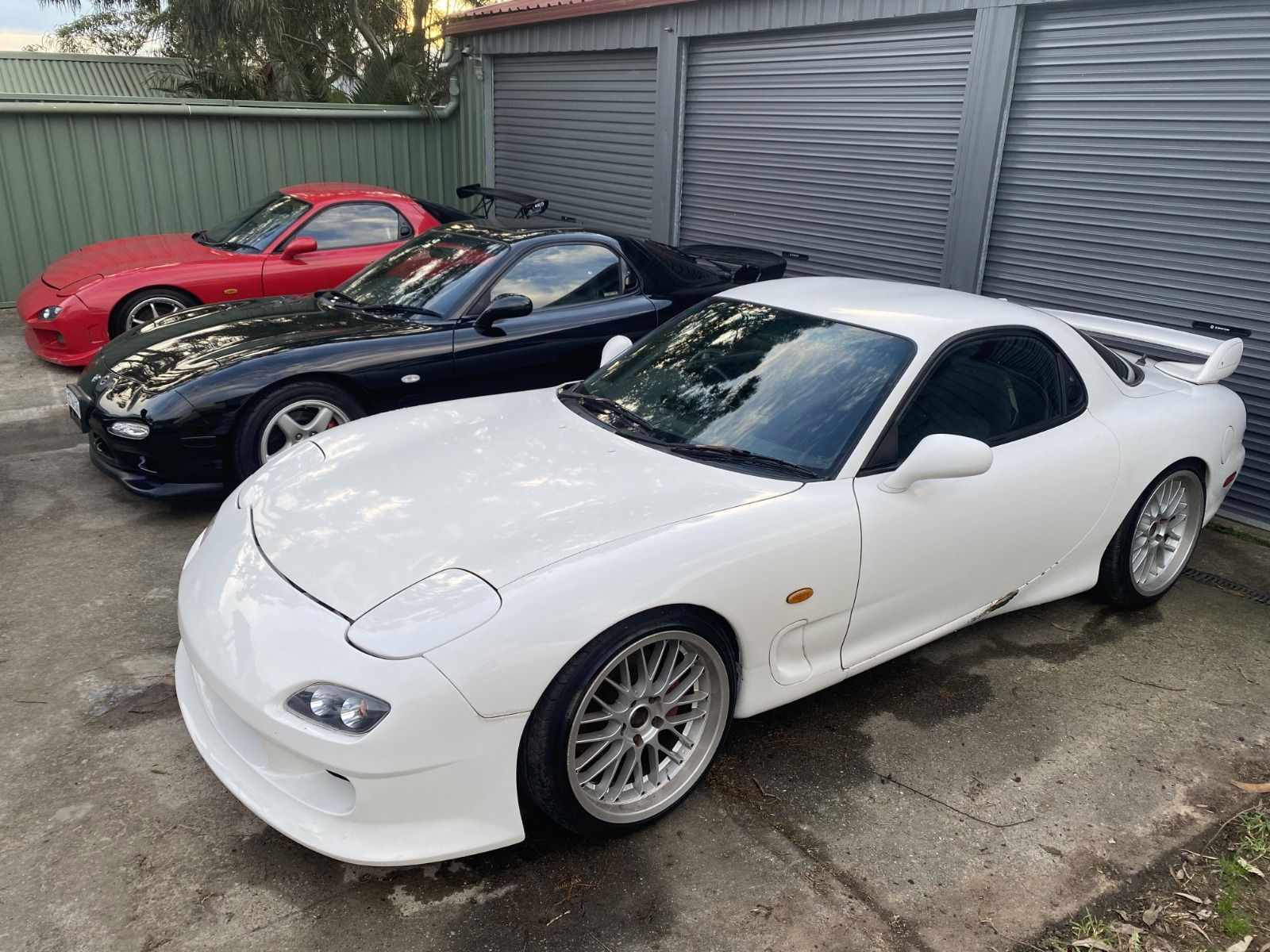
However, if you’re after that unique experience, be prepared for the maintenance headaches that come with it.
Frequent apex-seal replacements, constant oil changes, and persistent electronic issues are all part of the ownership package. Still, like many cars on this list, the RX-7’s legacy and striking design make all the trouble feel worthwhile in the end.
7. BMW E66 760Li
In the early 2000s, BMW’s lineup was a mix of successes and disappointments. While they produced legendary models like the E46 M3, they also had notable failures one of the most infamous being the E66 760Li.
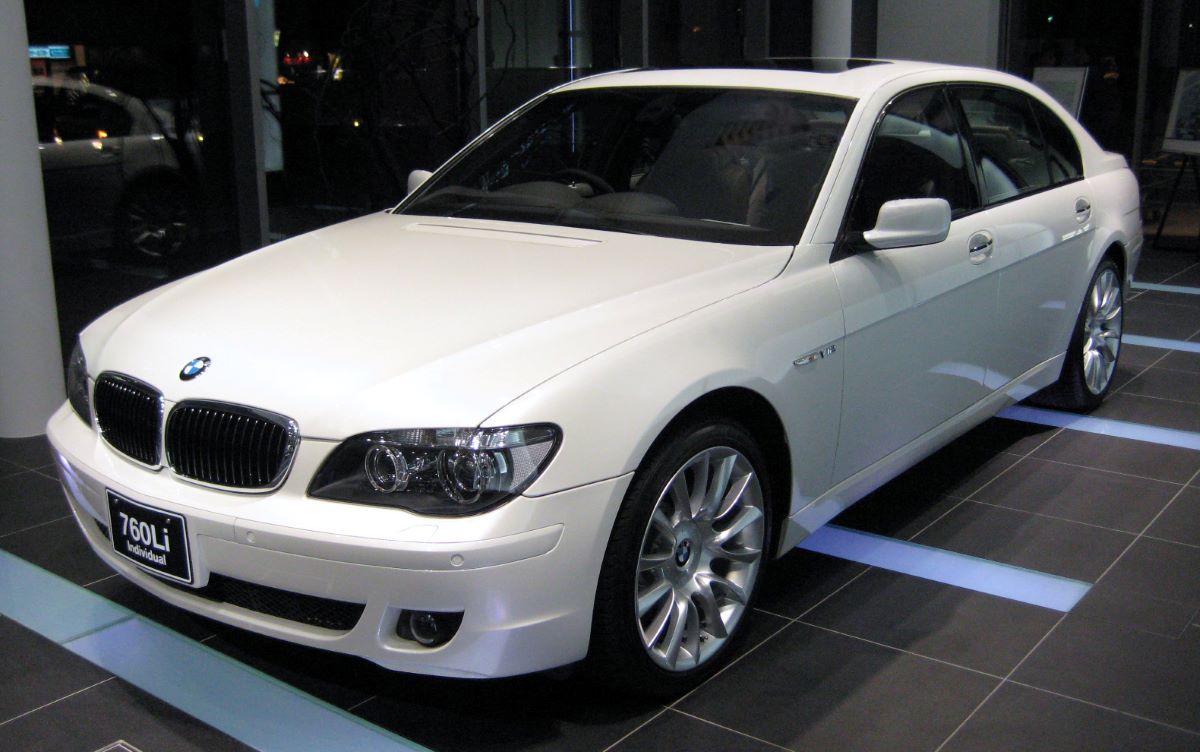
Overall, the E66 7-Series struggled to match the reputation and desirability of its predecessor, the E38, largely due to its subpar build quality.
Even the V12 variant failed to stand out, as it shared the same design cues and, unfortunately, the same reliability issues.
6. 2020 Mercedes-Benz S65 AMG
More often than not, luxury doesn’t automatically translate to quality. Unfortunately, this has been true for many Mercedes-Benz models, both old and new. A prime example of this is the 2020 Mercedes S65 AMG.

While the “AMG” badge might suggest high performance and reliability, don’t be deceived you could easily end up spending as much as its MSRP on frequent trips to the mechanic.
Also Read: Top 10 Best Cars That Can Run Over 300,000 Miles
5. TVR Sagaris
If the TVR Sagaris doesn’t ring a bell, don’t worry you’re not alone. Many Americans are unfamiliar with TVR altogether, as the brand never officially entered the U.S. market.
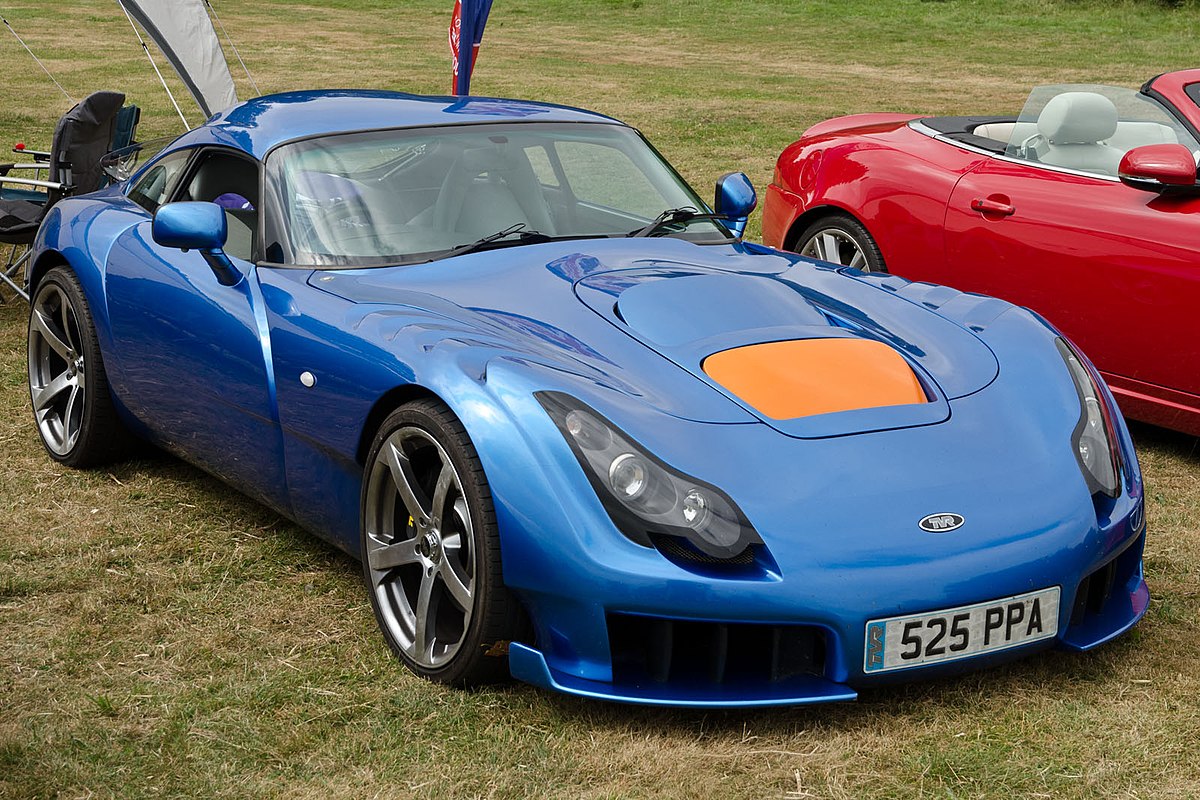
While the Sagaris boasts a striking and aggressive exterior design, its reliability leaves much to be desired. This is precisely why you don’t see many Sagaris models or TVRs in general on the roads in Europe.
4. 2013 Ford Mustang Shelby GT500
When Carroll Shelby passed away in 2012, even Ford was uncertain about the future of the Shelby brand. The 2013 model became the last Shelby-approved release, but it was hastily put together by the automaker.
Unlike previous Shelby models, which benefited from meticulous engineering, the 2013 Shelby GT500 lacked the same level of refinement.
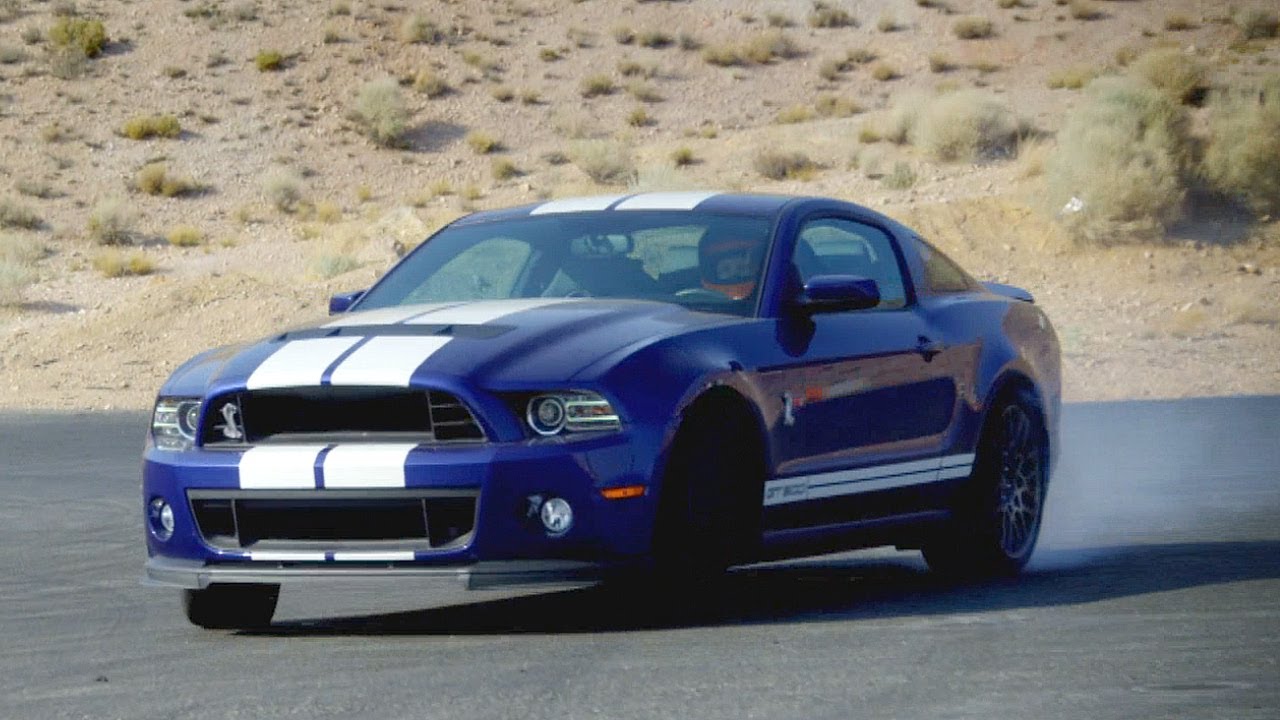
It inherited all the common issues found in the standard Mustang, but with one major drawback repairs on the Shelby are significantly more expensive. In short, if you’re considering a used American muscle car, proceed with caution!
3. BMW 850CSi
Millions of BMW enthusiasts (myself included) consider the E31 8-Series to be one of Bavaria’s finest creations, with the 850CSi standing out as a true masterpiece.
Since the original M8 project was ultimately scrapped, this model became the closest thing to an M-badged 8-Series.
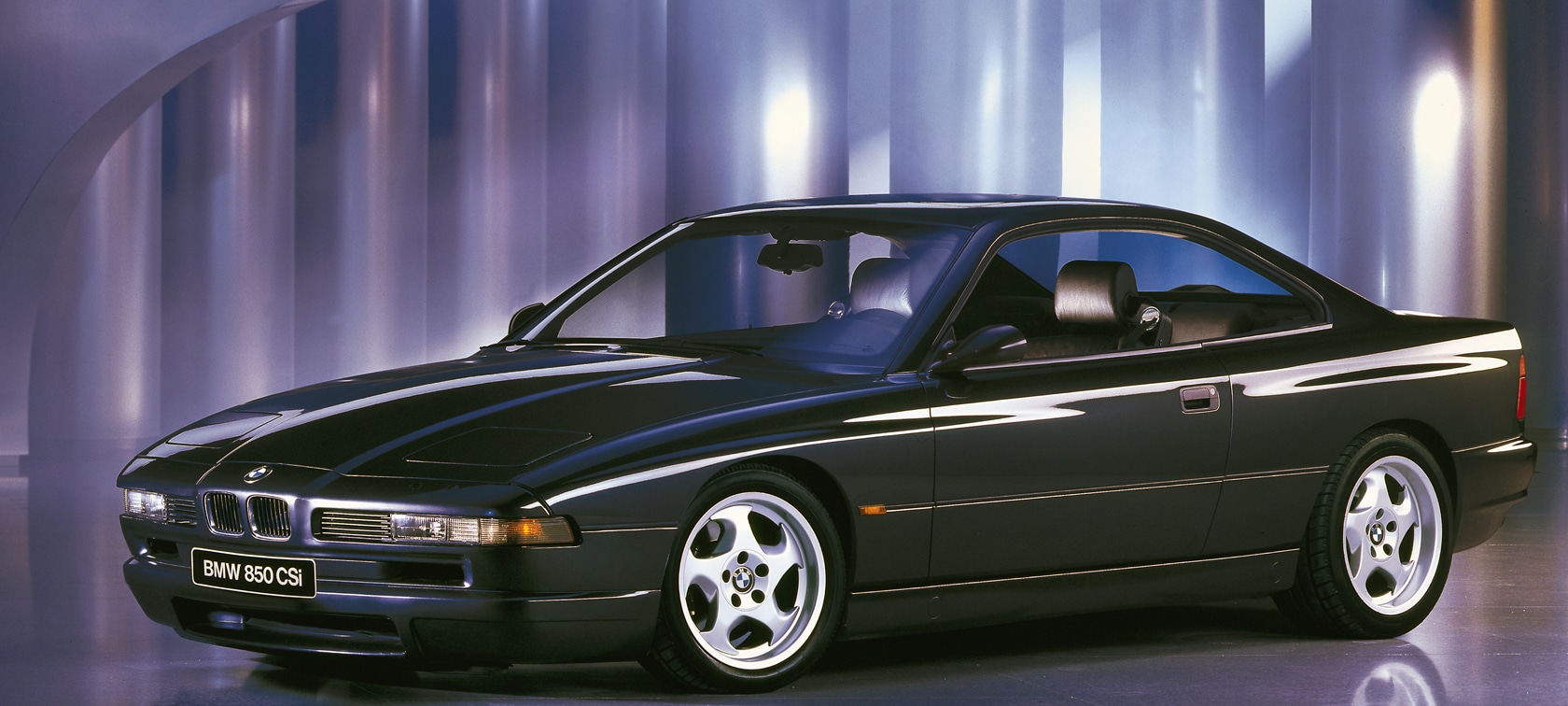
Under the hood lies a beastly 5.0-liter V12, an engine that delivers just as many headaches as it does horsepower. However, in our opinion, every bit of trouble is absolutely worth it!
2. 2010 Ferrari California
Calling the 2008-2014 Ferrari California the “California” almost feels like an insult. Compared to the iconic ’50s 250 GT California, this remake is far less striking, nowhere near as rare, and, frankly, a disappointment as a Ferrari.
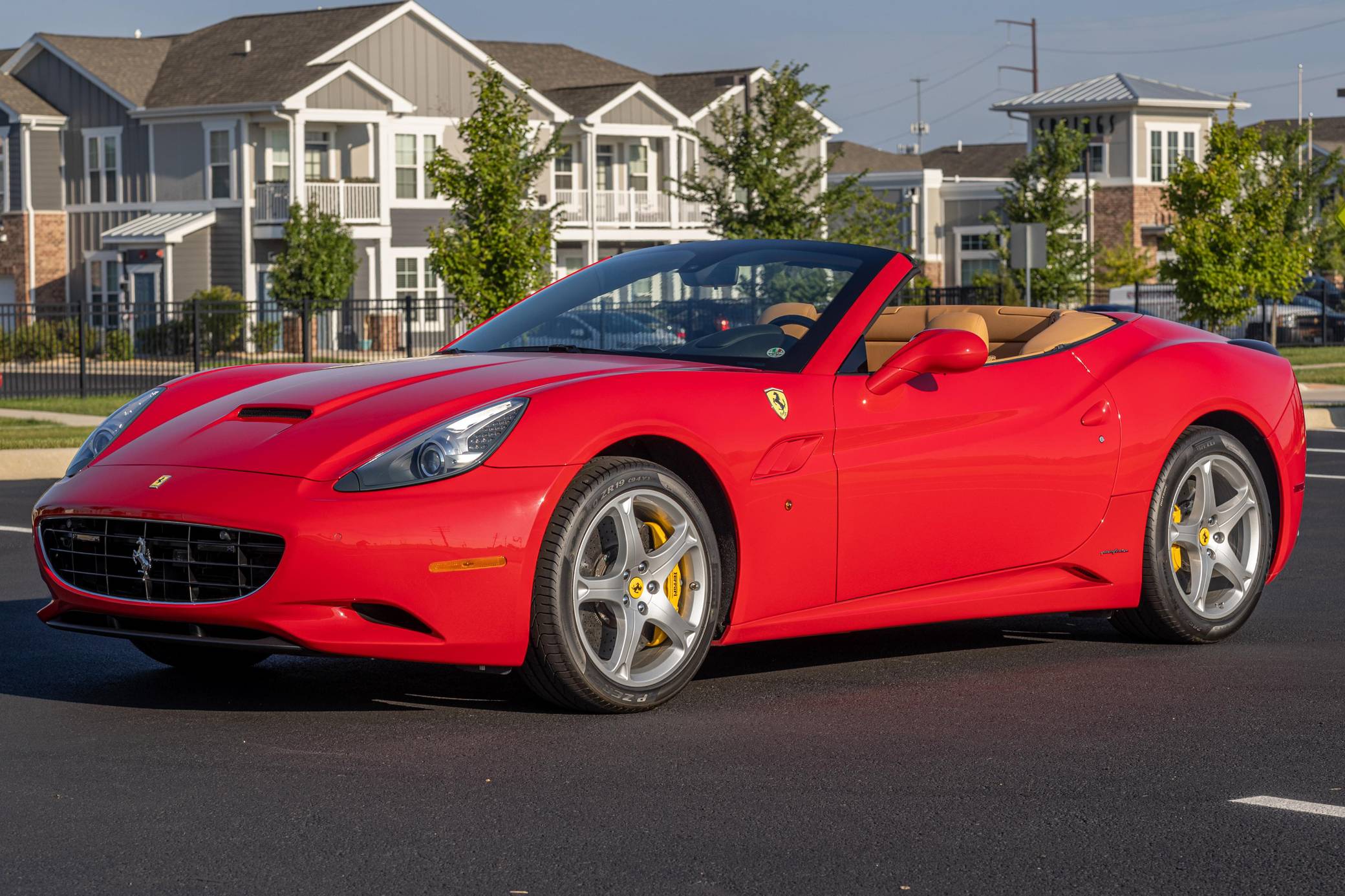
Instead of cruising along scenic coastal highways and basking in the sun, owners are more likely to find themselves stuck at the dealership, waiting for technicians to sort out its issues.
Honestly, if you’re in the market for a solid used Ferrari, you’re better off opting for the 458, F430, or 360 Modena instead.
1. Ferrari 308 GTS
Before the Ferrari 308 GTB/GTS debuted in the mid-1970s, every Ferrari model had been meticulously hand-built. The 308 marked a shift as the first technically mass-produced Ferrari.
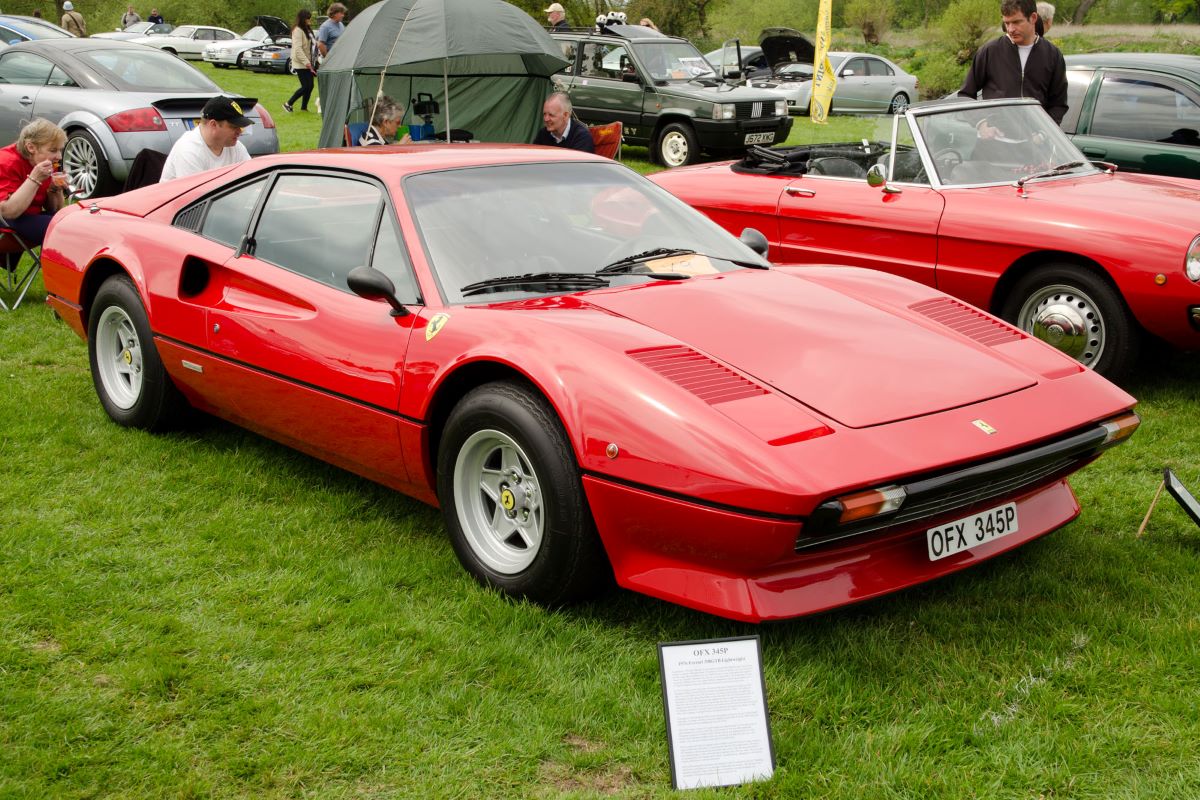
While this was great for increasing production numbers, it came at the expense of maintaining the same level of craftsmanship and quality control for each car.
As a result, the 308 turned out to be less reliable than many of its predecessors, which is hardly surprising given the shift in manufacturing.

